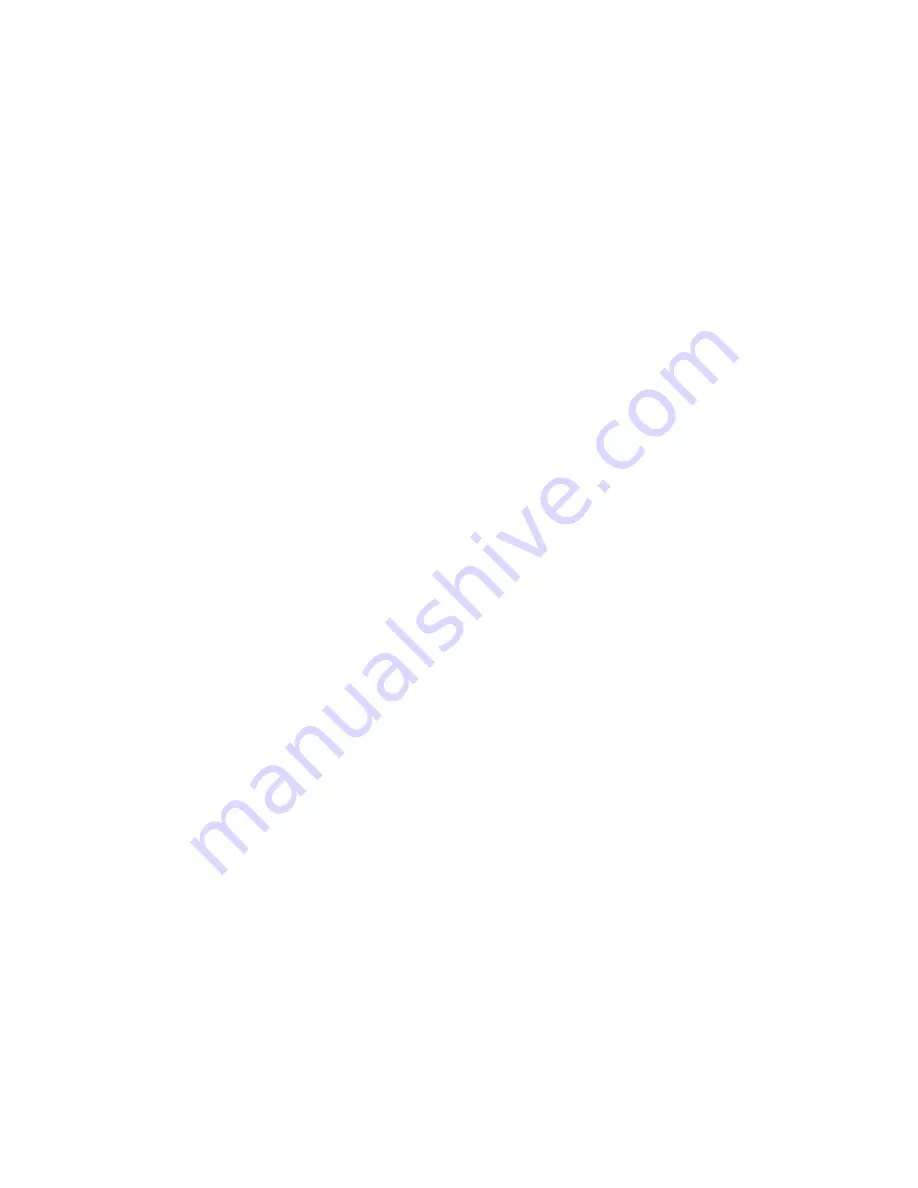
(under “Images”). Images with the correct orientation should be used to avoid cropping the
right or bottom edges of the background.
It is possible to place simple images on top of the background image. This means that pages
can be built using common image components without having to resort to duplicating similar
backgrounds with only minor differences. By using smaller images placed on top of a
common background image, a significant amount of memory can be saved.
Buttons
Buttons are interactive image elements that can execute a command or perform built in
functions such as controlling Axium series equipment. Buttons can also change their
appearance to represent their state and are therefore composed of multiple images.
Buttons can be added to a page by selecting one from an image gallery (under “Buttons”).
Note that simple images that may have the appearance of buttons do not have button
functionality until the images have been added to a button object. See
Creating new buttons
on how to do this.
Buttons have the following properties:
Class
is for either selecting a built-in function or a generalized class for the button.
Creating buttons with a general class (such as “Transport / Play”) is useful for
designing buttons that are automatically assigned commands corresponding to the
appearance and placement of the button. General classes are found under
“Transport”, “Numeric”, “Cursor” and “System”. Another category of classes under
“Applets” exist for applet control (see “
Applets
”). Built-in Axium functions can make
defining any further button actions unnecessary, the following built-in classes are
available (under “Axium”):
o
Standby
is for switching on and off equipment. If a zone is selected in the
button or page, commands to control Axium series equipment are
transmitted when the button is pressed and the button becomes active when
the zone is switched on. If the zone is not defined, the button is active when
the “ampon” input is high. In this case an appropriate command is required
for switching equipment on and off.
o
Mute
is for muting zones on Axium series equipment. The button is active
when the zone is muted. A zone must be selected in the button or page.
o
Vol Up & Vol Down
are for increasing and decreasing the volume on Axium
series equipment. A zone must be selected in the button or page.
o
Home page
is for navigating back to the home page.
o
Back
is for navigating to the previous page.
o
Source selects / Source 1 .. Source 8
are for selecting a source on Axium
series equipment. The button is active when the corresponding source is
selected. A zone must be selected in the button or page.
o
Presets / Preset 1 .. Preset 6
are for selecting a preset on Axium series
equipment.
o
Alarms / Alarm off, on and sleep
are for controlling the alarm function on
Axium series equipment.
o
All zones off
is for switching off all zones on Axium series equipment.
o
Panel brig/-
are for increasing and decreasing the brightness.
The brightness setting is displayed in percent on the display and can range
from the panel dim brightness setting up to 100%. The panel brightness
classes can be useful for designing a page for allowing the user to change
brightness and behaviour.
o
Panel dim brig/-
are for increasing and decreasing the dimmed
brightness, which is the brightness when the touch panel is not in use. The
16






























